
Why is the junonia shell so rare? Uncover its secrets here..
“The junonia shell is so rare, it’s a dream find for shell collectors,” says Dr. Carter, a marine biologist. “Its deep-sea origins make it a treasure few ever hold.”
Picture this: a Sanibel sunrise, the tide retreating, and your hand uncovering a creamy, speckled gem. Finding this shell isn’t just luck—it’s a magical connection to the ocean’s mysteries. Want to know why this treasure is so special and how to find one? Keep reading to uncover its secrets!
Fun Facts About the Junonia Shell
A Treasure Born of the Deep Sea
The junonia shell comes from a sea snail that lives far below the ocean’s surface—between 40 and 150 feet underwater. Its home is the sandy seabed, making it rare to spot on beaches.
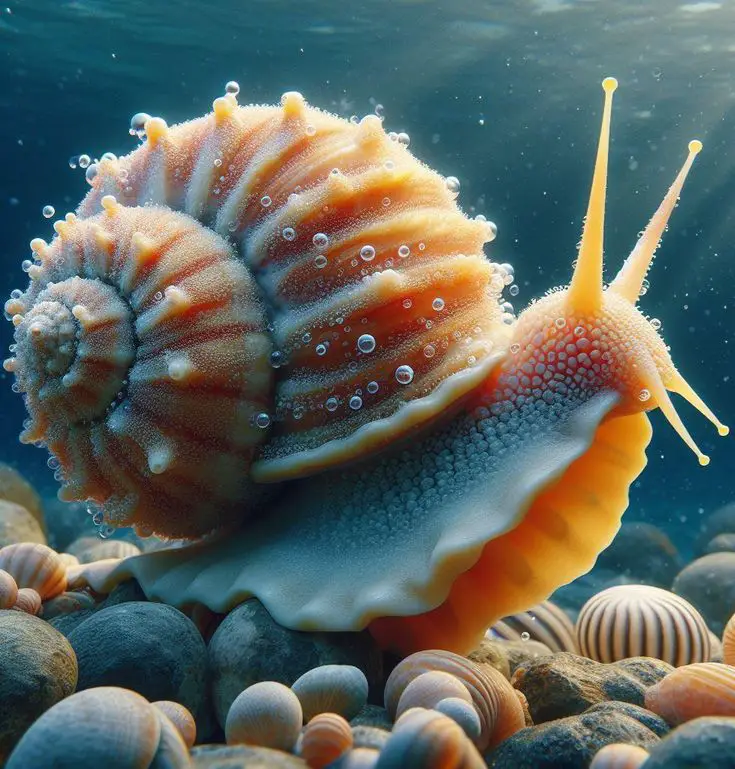
Credit to @Ai_Digital_Art_Design
Symbol of Luck and Prestige
Beachcombers consider the junonia shell a “trophy find.” Here’s why:
- Cultural Significance: Finding one is like the beach equivalent of finding a four-leaf clover.
- Special Recognition: In Sanibel Island, a photo of your find might even make it into the local newspaper!
- Value: Some collectors value junonia shells at over $100, depending on their condition.

Credit to @achermann5303
Tips for Spotting a Junonia Shell
Want to increase your chances of finding one? Here are some tried-and-true methods:
- Timing Is Everything: Go shelling at low tide or right after a storm.
- Stay Alert: Look for a leopard-like pattern among the sand.
- Be Patient: Finding one is rare but oh-so-rewarding!
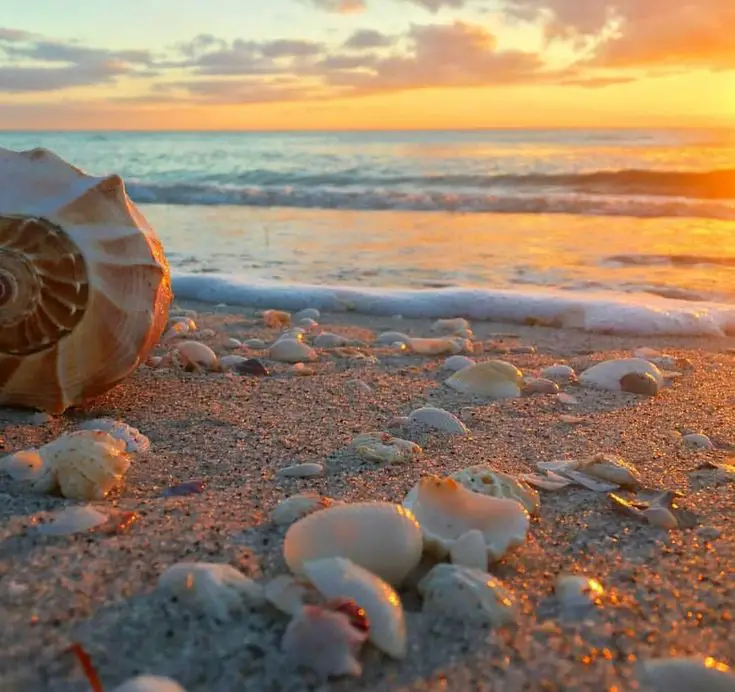
Credit to @DavidESauma
The junonia shell isn’t just a find—it’s a story, a memory, and a symbol of nature’s beauty. Every shell has a tale to tell. Ready to find yours?
Sanibel’s Shelling Legacy
Why Sanibel Is the ‘Shelling Capital of the World’
Sanibel Island’s east-west orientation is a natural gift. Unlike most islands that face north-south, Sanibel acts like a giant net, trapping hundreds of shells carried in by the Gulf currents.

Credit to @ailavisnen
A Treasure Trove: Over 400 Shell Species
| Shell Type | Features | Best Spot to Find |
|---|---|---|
| Junonia | Creamy with dark leopard spots | Low-tide areas |
| Lightning Whelk | Spiral with a left-handed curve | Tidal pools |
| Conch | Vibrant pink with a smooth interior | Shallow sandy beaches |
| Coquina | Tiny, colorful, and fan-shaped | Wet sand after waves |
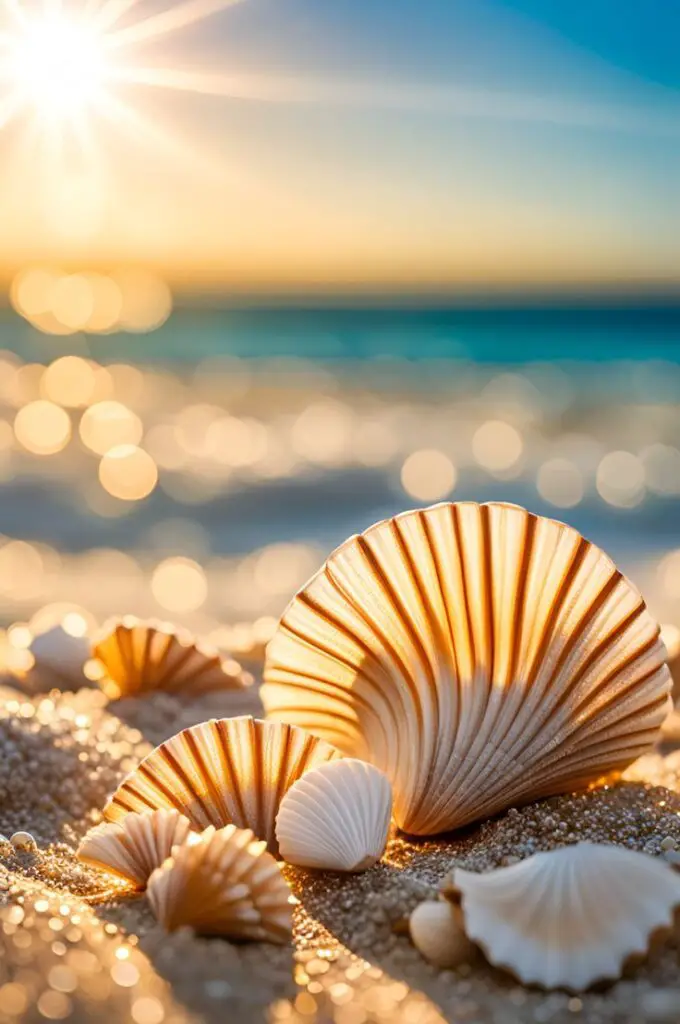
Credit to @SWEETSERENlTY
Fun Facts About Sanibel’s Shells
- Sanibel Stoop: Locals joke about this bent-over position shell seekers adopt while searching for treasures.
- Peak Times for Shelling: After a storm or during low tide, the shores transform into a shell wonderland.
- Record Breaker: Sanibel’s beaches have some of the highest shell densities in the world!
- Museum Marvel: The Bailey-Matthews Shell Museum houses rare and exquisite shell specimens.
Shelling Tips for First-Timers
- Bring a Mesh Bag: Perfect for rinsing and collecting your finds.
- Wear Water Shoes: Protect your feet while wading in tidal pools.
- Check the Tide Chart: Early morning low tides are your best bet.
- Be Respectful: If the shell still has a living occupant, let it stay.
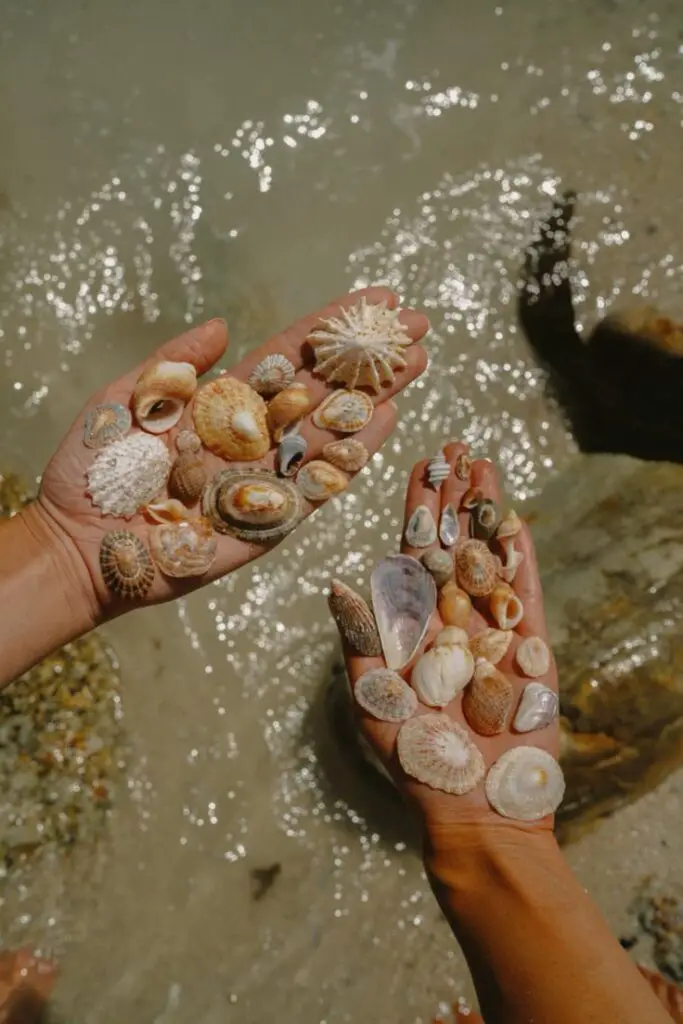
Credit to @ryannecorine
Sanibel Island isn’t just a beach—it’s a natural treasure chest. Every wave reveals new stories, each shell a tiny masterpiece. Want to find your own slice of ocean magic? Get ready to experience the thrill of discovery!
Junonia Spotting Tips for Beginners
Timing Is Everything
Best Times for Junonia Spotting
| Time | Why It’s Effective |
|---|---|
| Low Tide | Reveals shells hidden beneath shallow waters. |
| After a Storm | Waves bring deep-sea treasures to the shore. |
| Early Morning | Fewer people means more untouched areas to explore. |
| Nighttime | A flashlight can highlight the glossy surface of a junonia. |
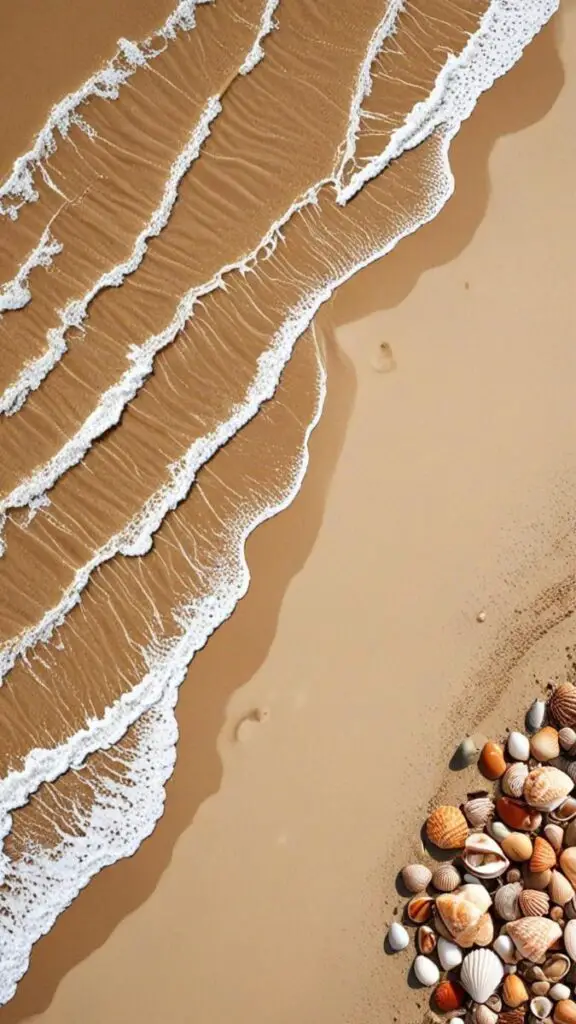
Credit to @sadafsadiq27
Gear Up Like a Pro
Essentials for a Shelling Adventure
| Item | Why You Need It |
|---|---|
| Mesh Bag | Easy to rinse shells and avoid sand buildup. |
| Flashlight | Essential for spotting shiny surfaces at night. |
| Sifter | Helps uncover hidden treasures in wet sand. |
| Comfortable Shoes | Protect your feet from sharp shells or rocky areas. |

Credit to @annikahhorton
Tips for Success
- Search in Tidal Pools: These natural shell traps often hide treasures like the junonia.
- Look for Glossy Shells: The junonia’s shiny surface makes it stand out among matte shells.
- Stay Patient: Finding a junonia can take time, but every step adds to the adventure.
- Ask Locals: They know the best spots—try Bowman’s Beach or Blind Pass.
Did You Know?
- The Junonia shell comes from a deep-sea mollusk rarely seen alive near shore.
- It’s often considered a symbol of luck for shell collectors.
- Some lucky finders have their discoveries featured in local newspapers!
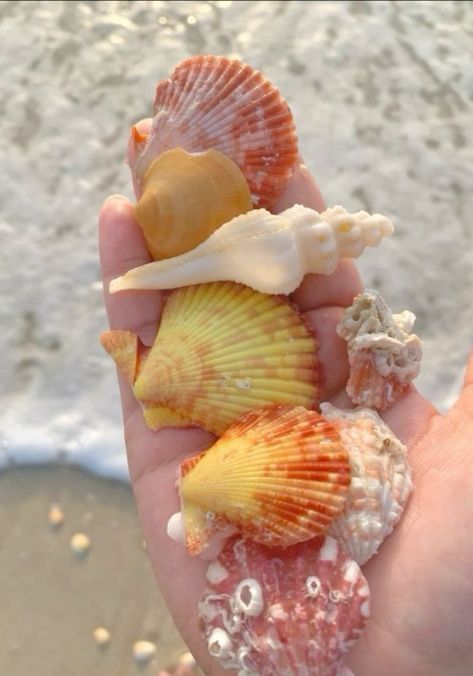
Credit to @mjhytrre432
Finding a junonia isn’t just about luck—it’s about knowing where, when, and how to look. Each step on Sanibel’s shores brings you closer to uncovering this elusive beauty. Who knows? Your next beach walk might be the one to uncover a treasure!
Conclusion: Share Your Sanibel Treasures!
Join the Community
- Found a rare Junonia or another amazing shell?
- Share your stories and pictures with shell lovers worldwide!
- Use the hashtag #SanibelTreasure to connect with others.

Credit to @persephany0916
Get Featured!
| Steps to Share | What Happens Next? |
|---|---|
| Snap a photo of your find. | Your post might appear on our page! |
| Write about your adventure. | Share what made your discovery memorable. |
| Tag us with #SanibelTreasure | Engage with a community of shell enthusiasts. |
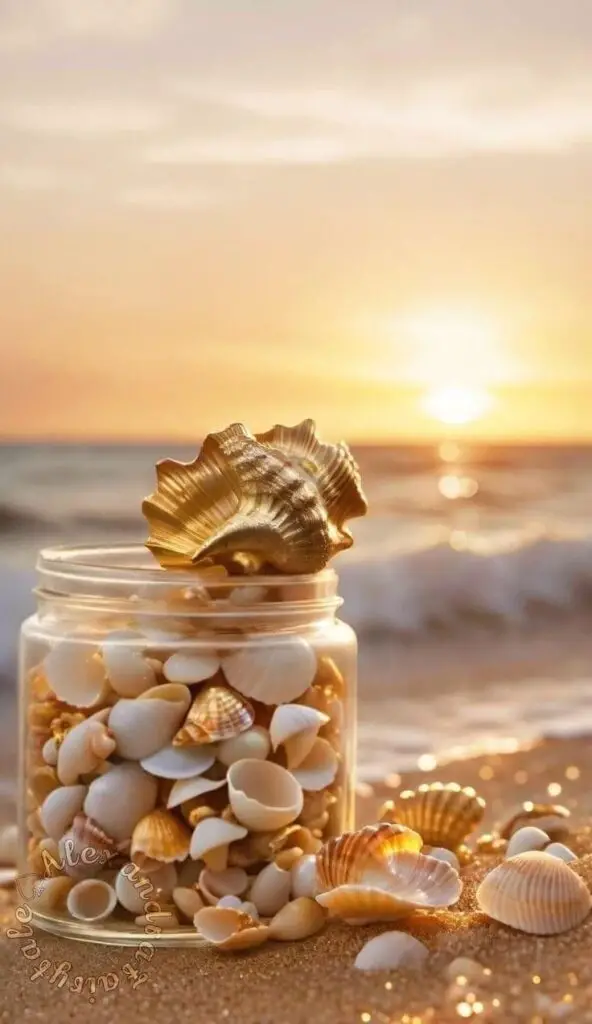
Credit to @lindapatricialo
Keep the Adventure Alive!
- Connect with fellow beachcombers on social media.
- Discover tips, tricks, and new shelling hotspots.
- Turn your Sanibel finds into lasting memories.


